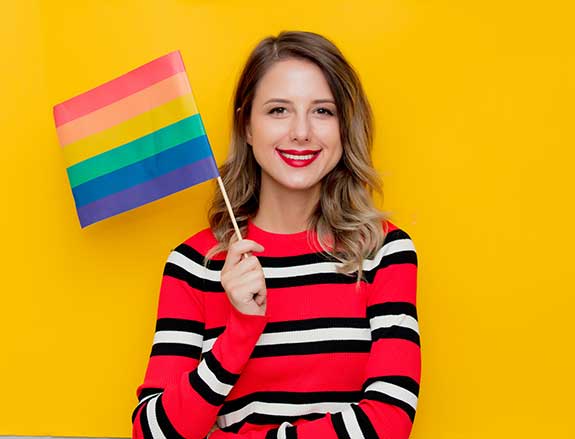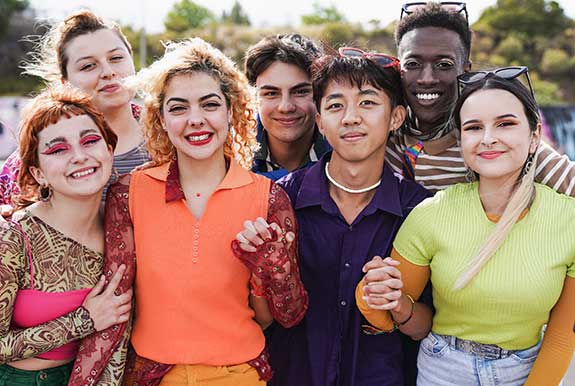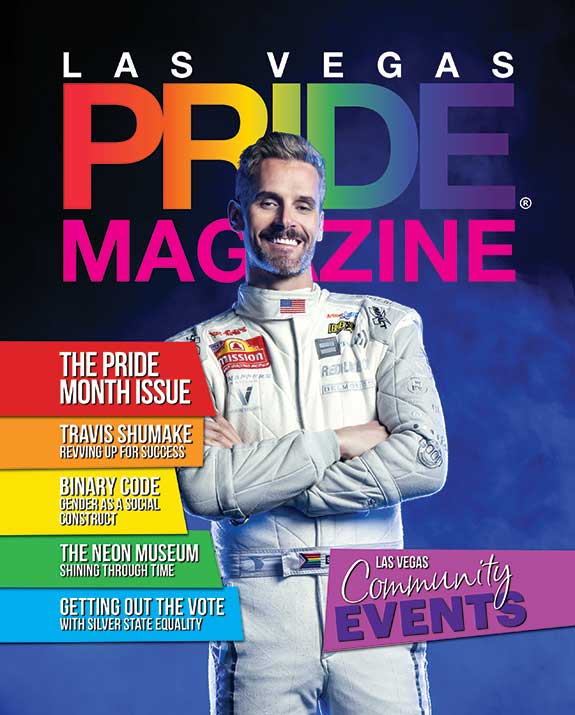Supporting LGBTQ+ Youth: Creating Safe Spaces in Schools and Communities
By Las Vegas PRIDE Magazine Staff
In a world where acceptance and inclusion are paramount, creating safe spaces for LGBTQ+ youth is a critical step toward fostering a supportive and nurturing environment. With rising awareness of LGBTQ+ issues, educators, support groups, and communities play a pivotal role in shaping spaces where young people can express themselves without fear of discrimination, harassment, or violence. This article explores the significance of safe environments for LGBTQ+ youth and provides insights into how schools and communities can work together to create a more inclusive society.

The Importance of Safe Spaces
Safe spaces are environments where individuals, particularly those from marginalized groups, can feel secure and valued. For LGBTQ+ youth, safe spaces are essential because they offer a refuge from the prejudice and discrimination they often face in society. According to The Trevor Project’s 2023 National Survey on LGBTQ Youth Mental Health, 41% of LGBTQ+ youth seriously considered attempting suicide in the past year, and 71% reported symptoms of anxiety. These statistics highlight the urgent need for supportive environments that can mitigate these risks.
Safe spaces provide LGBTQ+ youth with a sense of belonging, allowing them to build self-esteem, explore their identities, and form meaningful connections with peers who share similar experiences. Without such spaces, LGBTQ+ youth are more likely to experience isolation, depression, and a lack of access to resources that promote their well-being.
The Role of Educators
Educators are at the forefront of creating safe spaces in schools. Their attitudes and actions can significantly impact the experiences of LGBTQ+ students. Here are some key ways educators can support LGBTQ+ youth:
- Inclusive Curriculum: Incorporate LGBTQ+ history and literature into lesson plans, promoting understanding and respect for diverse identities.
- Gender-Neutral Language: Use gender-neutral language and encourage students to respect each other’s chosen pronouns.
- Anti-Bullying Policies: Implement strict anti-bullying policies that explicitly address discrimination based on sexual orientation and gender identity.
- Safe Space Initiatives: Establish safe space programs, such as Gay-Straight Alliances (GSAs), where LGBTQ+ students can connect with allies and share experiences.
- Training and Education: Provide ongoing training for teachers and staff on LGBTQ+ issues to ensure they understand the unique challenges these students face.

Support Groups and Community Involvement
Support groups and community organizations play a vital role in extending the safe space concept beyond the classroom. They offer resources, mentorship, and a sense of community for LGBTQ+ youth. Here’s how they contribute to creating safe environments:
- Supportive Services: Many organizations offer counseling, crisis intervention, and mental health support tailored to LGBTQ+ youth.
- Mentorship Programs: Mentorship programs connect LGBTQ+ youth with adult role models who can provide guidance and encouragement.
- Community Events: Pride events, workshops, and support group meetings create spaces for LGBTQ+ youth to connect with others who share their experiences.
- Advocacy and Awareness: Support groups often engage in advocacy work, pushing for inclusive policies and raising awareness about LGBTQ+ issues within the broader community.
Creating a Safe Environment for All
Creating safe spaces for LGBTQ+ youth is not just about reducing harm; it’s about empowering young people to thrive. When schools and communities work together to foster inclusivity, LGBTQ+ youth are more likely to succeed academically, socially, and emotionally. By embracing diversity and promoting acceptance, we can build a future where every young person feels safe, valued, and supported.
The journey toward a more inclusive society requires commitment and collective action. Educators, support groups, and communities each play a unique role in creating safe spaces for LGBTQ+ youth. By embracing these principles, we can ensure that LGBTQ+ youth have the opportunity to reach their full potential, free from discrimination and fear.
This article was originally published in the 2024 PRIDE Month Issue of Las Vegas PRIDE Magazine, and can be read in its original format here.


